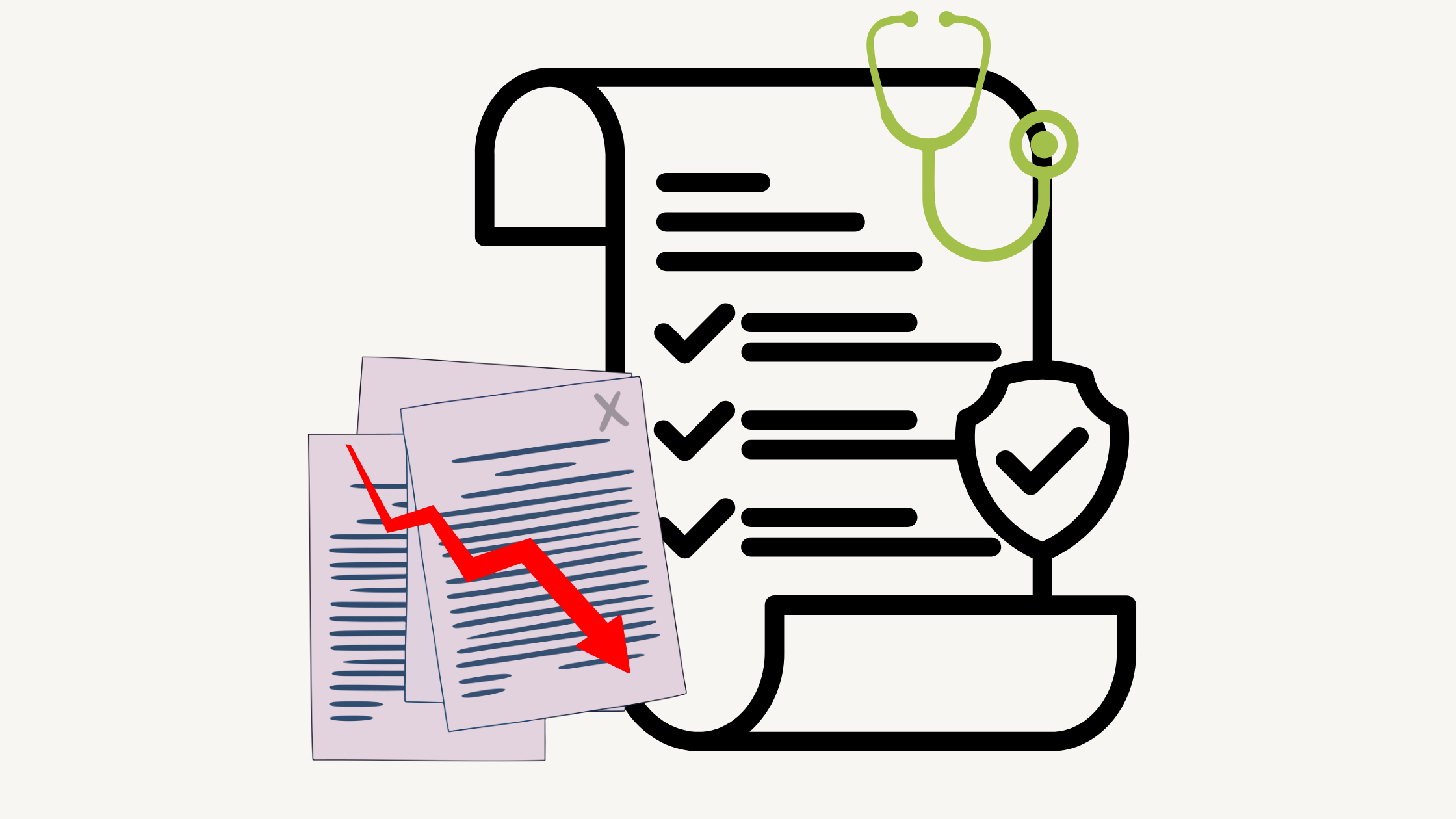Price transparency was meant to simplify healthcare — but for hospitals, it’s creating new, expensive complications. Since 2021, U.S. hospitals have been required to publish pricing data. Now, a 2025 executive order has tightened the rules, requiring more details to be disclosed and introducing stricter penalties for non-compliance.
The problem for healthcare procurement or finance teams? Accurately tracking the contract terms that shape those hospital prices in the first place. With patient care as the priority, backend operations like contract and inventory management don’t always get the attention they need.
But without reliable data on supplier agreements and negotiated rates, hospitals risk reporting outdated or inaccurate pricing, which opens the door to large fines, legal issues, and operational disruptions. Alternatively, if pricing isn’t updated to match increases outlined in vendor contracts, hospitals could end up locked into publicly disclosed rates that no longer reflect their true costs — hurting their margins and financial performance.
To meet the new transparency standards, hospitals need to address the blind spots in their systems.
The Operational Blind Spots Hospitals Can’t Afford
1. Inaccurate Tracking of Key Agreement Terms
Tracking agreement terms is standard in the world of procurement, but in fast-moving organizations, key information can get scattered and buried quickly, making it easy to feel like you’re drowning in details. Agreement dates, payment schedules, compliance clauses, and pricing terms all influence each other and shape final-landed costs, which are critical in margin and revenue planning.
In contract management, a single missed milestone can throw everything off. The less visibility you have into your key terms, the worse your problems become. Miss your contract’s renewal deadline? You could get automatically locked into another term without realizing it. Miss a rebate, marketshare, or spending target? Pricing favorability may be impacted for spend across the enterprise for months. Fail to track and update pricing? That’s a fast track to financial leakage. Next thing you know, you’re overpaying and blowing the budget due to outdated rates and terms you forgot you signed up for.
Outdated or unclear pricing makes it nearly impossible to meet the expectations of the Price Transparency Act. Mismanaging agreement terms doesn’t just add paperwork — it disrupts workflows, throws teams out of sync, and creates a ripple effect that can sink your operations. Monitoring key terms effectively is essential to keep teams compliant and in control.
2. Fragmented and Inefficient Inventory Management
Effective inventory management is a constant balancing act. Stockouts of critical supplies disrupt patient care, while overstocking wastes space and ties up funds. Both scenarios strain operations and budgets. But the challenge isn’t just about supply levels; it’s about data. Under the Price Transparency Act, hospitals have to publicly report item prices, so any inefficiencies in inventory tracking can result in inaccurate reporting and compliance risks.
One of the biggest contributors to inventory inefficiency is the lack of centralized data and visibility. How can you manage inventory effectively if you don’t have reliable, perpetual tracking across all stocking locations? How can you trigger vendor or SKU changes at the right time, or move stock to where it’s needed most across a growing enterprise? And how do you keep up with shifting contract terms and fluctuating supply availability that directly impact purchasing decisions and inventory levels?
There are a lot of factors at play that compound this issue. For one, manual processes slow down replenishment and create system-wide vulnerabilities. Without automation to accelerate and monitor operations, hospitals risk overstocking and wasting resources. Disconnected systems make things worse; departments may maintain disparate supply management policies or unknowingly negotiate separate agreements with the same vendor, resulting in inconsistent inventory levels, pricing and, what could have been, avoidable costs.
Managing inventory in a way that reduces waste, aligns with budgets, and supports accurate pricing data is critical, especially as transparency and compliance expectations continue to rise.
3. Missed Opportunities in Supplier Pricing and Negotiations
Negotiating the best deals with suppliers is a vital task, but it’s easier said than done. Bundling, market share targets, spend minimums, and category-based discounting has made contract analysis exceedingly difficult and subject to interpretation. Overpaying for supplies, often due to missing volume discount opportunities, can lead to unnecessary costs and strained budgets. Efficient price analysis helps uncover these missed opportunities, but without the right tools, it’s easy to overlook favorable terms or fail to secure competitive deals.
Without actionable, clear data to guide you, you’re more likely to miss the right opportunities. Not being aware of market rates, or using them to your advantage when negotiating, could lead to inadvertently paying more than necessary and missing out on better alternatives. This leads to budget overruns when spending doesn’t align with initial forecasts, leaving you scrambling to make up for discrepancies. With the Price Transparency Act updates, hospitals can’t afford to miss key opportunities to control costs. Ensuring pricing is competitive and accurately reported is essential now more than ever.
Outdated processes are no longer just inefficient — they’re actively putting hospitals at risk. Now is the time for healthcare procurement and finance teams to identify operational blind spots and take control of the systems that impact margins, compliance, and spend.
Intelizen brings the clarity and automation you need to close those gaps. From tracking key contract terms to managing inventory more intelligently and surfacing supplier savings in real time, we give your team the tools to move faster, spend smarter, and stay compliant.
Recover lost revenue and prevent underpayments with Intelizen’s contract intelligence.






